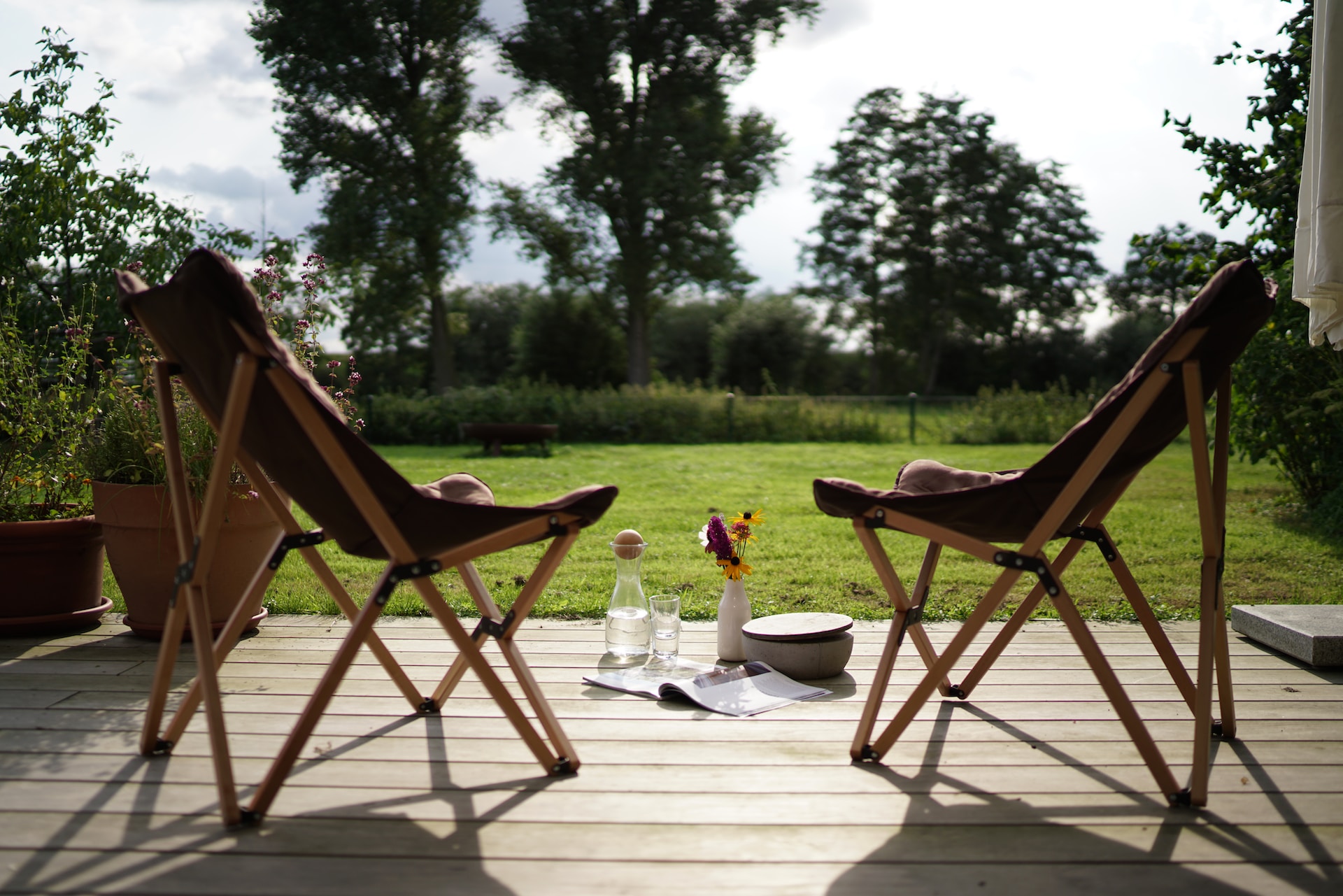Are you considering adding a deck to your home and wondering about the cost involved? Decking installation expenses can vary significantly depending on various factors. In this comprehensive guide, we will explore the key elements that influence the cost of installing a deck in 2023. By understanding these factors, you can plan your project effectively and potentially save money. So let’s dive in!
Introduction to Decking Installation
Before we delve into the costs, let’s familiarise ourselves with decking installation. Decking refers to the construction of an elevated platform, typically made of wood or composite materials, that extends from a building, providing an outdoor space for relaxation and entertainment. It not only enhances the aesthetic appeal of your home but also offers a versatile area for gatherings, dining, or simply enjoying the outdoors.
Factors Affecting the Cost of Decking
Several factors play a crucial role in determining the cost of installing a deck. Understanding these factors will help you estimate the total expenses involved and make informed decisions about your project. Here are the key factors to consider:
- Material: The choice of decking material significantly impacts the overall cost. Common materials include wood, composite, and PVC. Each material has its own price range and maintenance requirements, so it’s essential to consider their pros and cons.
- Size and Design: The size of your deck, including its dimensions and layout, influences the cost. Larger decks require more materials and labour, thus increasing the overall expenses. Additionally, intricate designs, such as multiple levels, curves, or built-in features, can also affect the cost.
- Labour: The cost of professional labour is another factor to consider. Hiring experienced decking installers ensures quality workmanship but may come at a higher price. The complexity of the project and local labour rates will impact the labour cost.
- Location: Your geographical location can affect the cost due to variations in material availability, labour rates, and local building codes and permits. Decking installation costs in urban areas may differ from those in rural or remote regions.
- Additional Features: Consider any additional features you may want to include in your deck, such as railings, stairs, lighting or built-in seating. These features add functionality and aesthetics but also contribute to the overall cost.
If you’re still weighing up your decking options, why not check out our decking ideas here.
Average Cost of Decking Installation in 2023
While the final cost will depend on individual circumstances, we can provide you with a rough estimate. On average, in 2023, you can expect to pay around £2,000 – £5,000 for a standard deck installation, depending on the size and materials.
However, keep in mind that prices can vary significantly depending on your location and project specifics. It is always advisable to obtain multiple quotes from reputable decking installation services to get a more accurate estimate for your specific project.
Comparison of Costs Based on Different Materials
The choice of decking material is a significant factor in cost determination. Let’s explore the costs associated with different materials.
- Wood Decking: Wood remains a popular choice for its natural beauty and versatility. Pressure-treated lumber is the most affordable option, while cedar and tropical hardwoods are pricier but offer enhanced durability and aesthetics.
- Composite Decking: Composite decking, made from a blend of wood fibres and recycled plastic, provides a low-maintenance alternative with a wide range of designs. While initially more expensive than wood, composite decking requires minimal upkeep and can offer long-term cost savings.
- PVC Decking: PVC (vinyl) decking is a durable and low-maintenance option that resists moisture, rot, and insects. It is usually more expensive than wood and composite materials but offers excellent longevity and minimal maintenance requirements.
Consider the specific characteristics, maintenance needs, and lifespan of each material to make an informed decision that aligns with your budget and preferences.
What Type of Wood is Best for Decking?
Wood remains a popular choice for decking due to its natural beauty and durability. Various types of wood are commonly used for decking, each with its own characteristics and price points. Here are some popular options:
- Pressure-Treated Lumber: Pressure-treated lumber, typically made from pine or fir, is the most cost-effective wood decking option. It is treated to resist decay, insects, and rot. While it requires regular maintenance, such as staining and sealing, it offers a budget-friendly solution.
- Cedar: Cedar is a softwood known for its natural resistance to decay and insects. It offers a beautiful aesthetic with its warm tones and natural grain patterns. Cedar decking requires regular maintenance but can last for many years with proper care.
- Tropical Hardwoods: Tropical hardwoods, such as Ipe, Cumaru, or Tigerwood, are renowned for their exceptional durability and rich colours. These woods are naturally resistant to insect damage, rot, and decay. While they are more expensive than other options, they offer longevity and an exotic appearance.
Consider your desired aesthetics, maintenance requirements and budget when selecting the best wood for your decking project.
Cost-Saving Tips for Decking Installation
Everyone loves to save money, and decking installation is no exception. Here are some practical cost-saving tips to help you stay within your budget:
1. Thoroughly Plan & Research
Proper planning and research are key to avoiding unnecessary expenses. Determine your budget, define your project scope and gather multiple quotes from reputable decking installers to compare prices.
2. Weight Up DIY vs. Professional Installation
If you have the necessary skills and experience, opting for a DIY installation can save you money on labour costs. However, keep in mind that decking installation requires proper knowledge and tools, so evaluate your capabilities before embarking on a DIY project.
3. Consider Long-Term Costs
Consider different decking materials and their costs to find the best balance between budget and quality. While wood may have a lower upfront cost, composite or PVC decking can provide long-term savings due to their minimal maintenance requirements.
4. Compare Different Suppliers & Installers
Explore different suppliers and compare prices to find the best deals on decking materials and installation. Look for discounts, promotions, or local suppliers that offer competitive prices.
5. Optimise Your Deck Size
Adjusting the size of your deck can have a significant impact on the overall cost. Opt for a size that meets your needs without being overly large, as larger decks require more materials and labour.
6. Plan for Regular Maintenance
Proper maintenance is crucial to extending the lifespan of your deck and avoiding costly repairs or replacements. Regularly clean, stain, seal and inspect your deck to prevent issues that may lead to higher expenses in the future.
By implementing these cost-saving tips, you can make your decking installation more affordable without compromising on quality.
Does Decking Add Value to a House?
Apart from enhancing your outdoor living space, decking can potentially add value to your home. A well-designed and well-maintained deck increases the usable square footage of your property and creates an attractive outdoor area.
Potential buyers often view a deck as an appealing feature, especially when it complements the overall aesthetics and functionality of the home. However, it’s important to note that the impact on property value may vary depending on location and buyer preferences.
Is It Cheaper to Lay a Patio or Decking?
If you’re considering adding an outdoor space, you may wonder whether it’s more cost-effective to install a patio or a deck. While the answer depends on your specific circumstances and preferences, here are some points to consider:
- Initial Costs: Decking installation costs can vary depending on factors like material, size, and labour. Patios, on the other hand, typically involve materials like concrete or pavers and may require less labour. Comparing quotes for both options will help you determine the initial cost difference.
- Long-Term Maintenance: Decking materials may require regular staining, sealing, or refinishing, while patios generally have lower maintenance requirements. Consider the ongoing maintenance costs when evaluating the long-term expenses of each option.
- Aesthetics and Functionality: Decks offer versatility in design, as they can be elevated, multi-level and incorporate various features. Patios provide a more grounded and solid surface. Consider your preferences for appearance, functionality and your desired outdoor experience.
We are happy to help advise you on whether a patio or decking would be better for your specific needs!
Create a beautiful, functional outdoor space with decking
By considering factors such as material choice, size, labour and location, you can estimate the cost of your deck installation.
Whether you choose wood, composite, or PVC decking, prioritise quality and durability to ensure a long-lasting and enjoyable outdoor space. Plan wisely, consider cost-saving tips, and maintain your deck regularly to maximise its lifespan and value.
So, don’t wait—start planning your dream deck now! At Green Team Landscaping, we are professional garden landscape architects in North London, and we would be happy to offer you a free quote for designing and installing your ideal decking. Get your free quote today.


